Medical marvels: Elpida Hadzi-Vasileva's gracefully gruesome sculptures take Nottingham
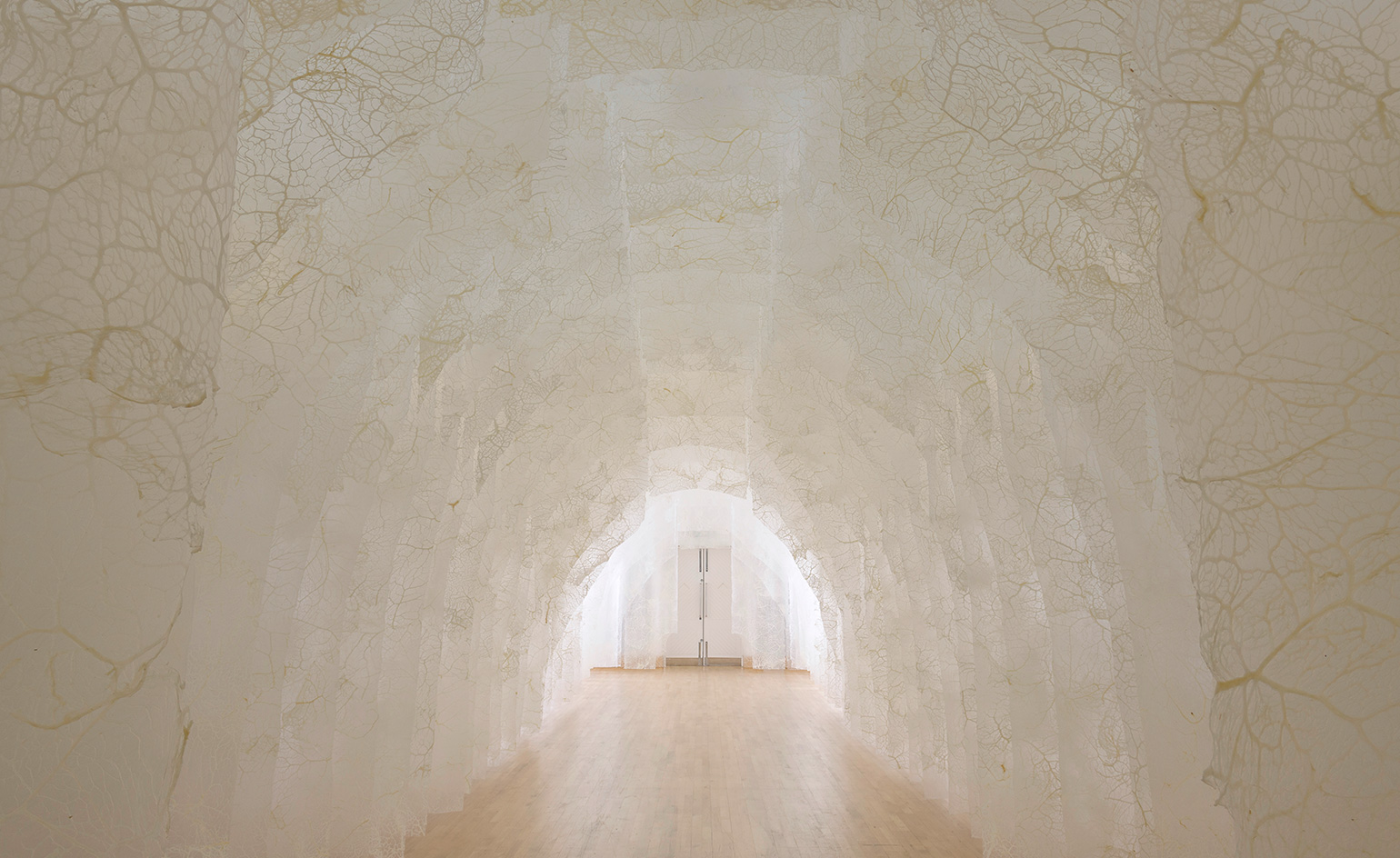
Elpida Hadzi-Vasileva's work is beautiful, if a little eerie. The Venice Biennale representative's sculptures have a sinister secret: they're made from animal innards. She assures us, it's all in the name of medical progress.
For a new exhibition in Nottingham's Djanogly Gallery, the Macedonian-born artist has teamed up with scientists and medical professors to draw a wider public awareness to digestive diseases, as well as helping to ease the stigma surrounding them. Supported by the Wellcome trust, the project saw Hadzi-Vasileva shadow doctors the Nottingham's Digestive Diseases Biomedical Research Unit. Her work, sometimes harrowing, sometimes witty, always gracefully rendered, is a way of breaking down one of the final taboos of the body: talking about our guts. 'It has problems, just like any other part of our body, and there's no reason we shouldn't be talking about it', curator Neil Walker reasons.
A photomontage of medical images Hadzi-Vasileva collected during the research process opens the show, which prepares visitors for a candid video installation of individuals frankly discussing their experiences with digestive diseases. From here, things get markedly more sanguine. The first installation to use animal viscera inhabits the next two rooms of the gallery. Fragility (2015), was first installed at Fabrica, a decommissioned Regency church in Brighton. The artist uses chemically embalmed pigs’ caul fat, elevating it from a perishable waste product into a delicate, decorative material. The translucent work which covers the entire room, softly sifts the light creating a tranquil, contemplative space. The intention, Hadzi-Vasileva explains, it to recreate the phenomena of a near-death experience.
A residency at Michelin starred London restaurant Pied à Terre produced some of the artist's more light-hearted work. Gill's Slit's is made from skate bones the artist salvaged from the restaurant bins. Its jutting, charismatic wings capture the 'machismo of the kitchen', as well as reflecting how 'mesmerised' Hadzi-Vasileva was with the artistry of the dishes being produced, the curator explains.
Walker is keen to point out that all animal-based materials used in the exhibition have been carefully and responsibly sourced, and around 80 per cent of the products would have just been thrown away had they not been salvaged by Hadzi-Vasileva. This chimes with the artist's penchant for using materials of little financial or personal value; transforming them into something ethereal, and in this case, scientifically progressive.
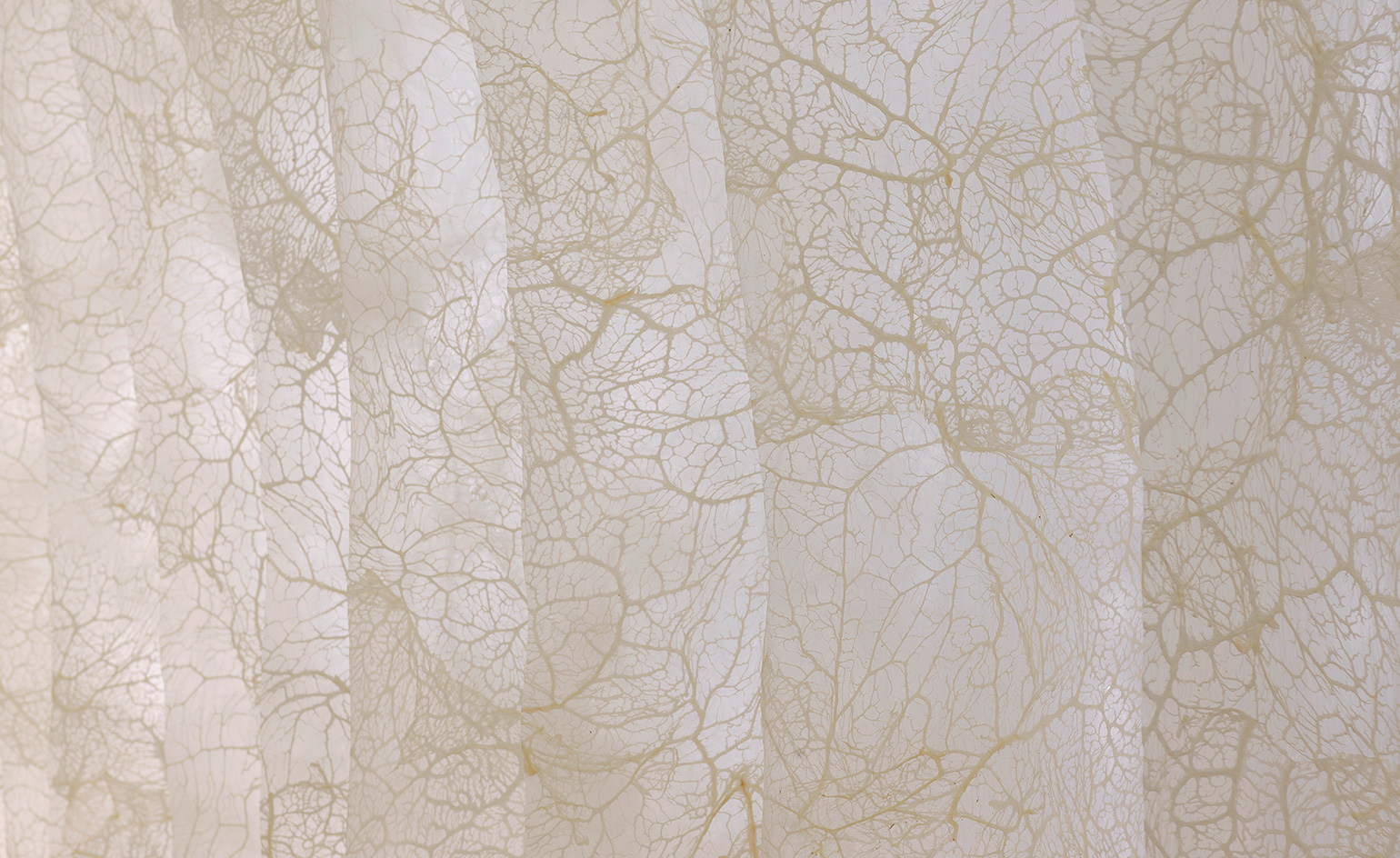
The first installation to use animal viscera inhabits two rooms of the gallery. Fragility (2016), pictured, was first installed at Fabrica, a decommissioned Regency church in Brighton
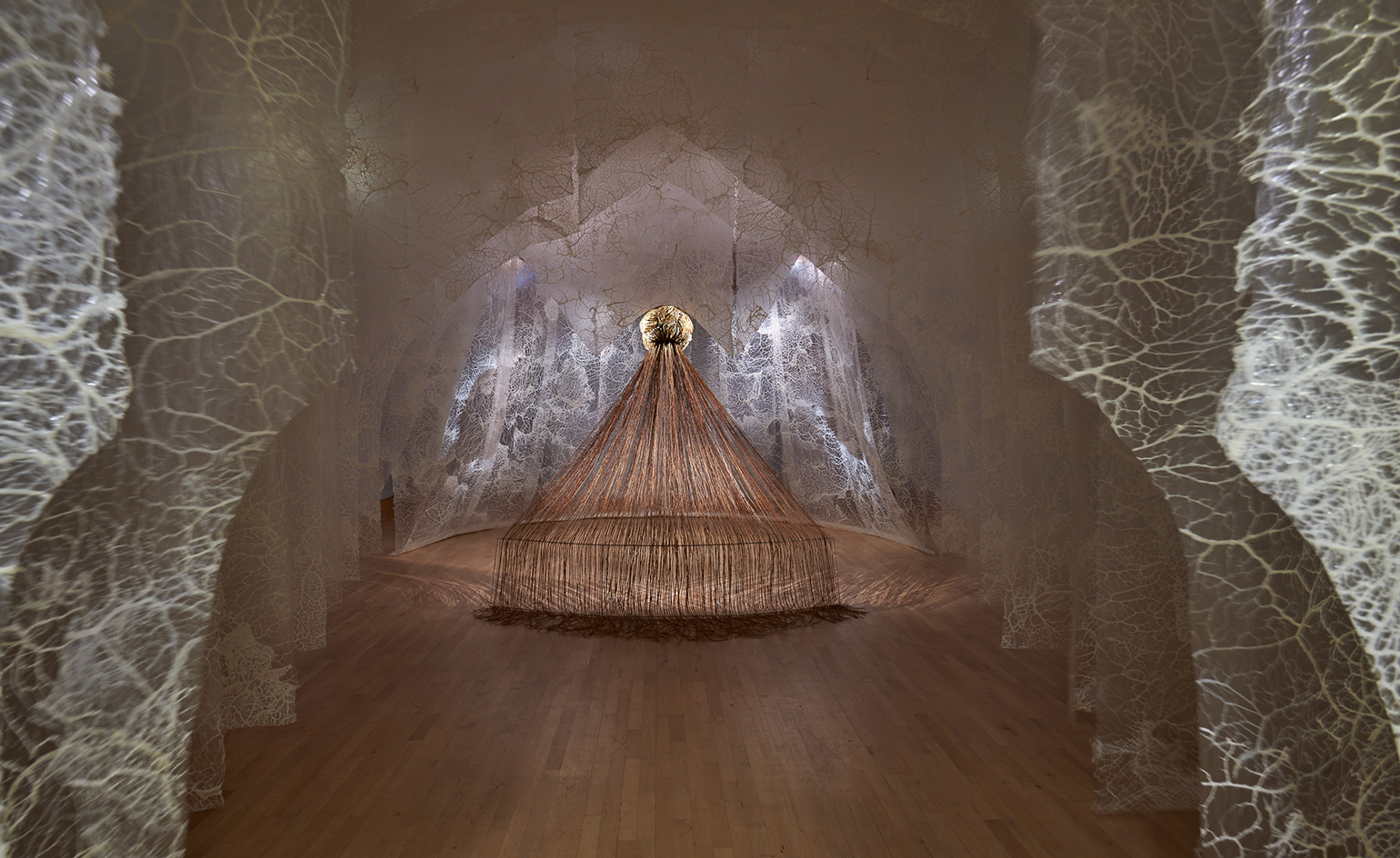
Fragility has been combined with one of Hadzi-Vasileva's other renowned sculptures, Haruspex, first shown at the 56th Venice Biennial, 2015
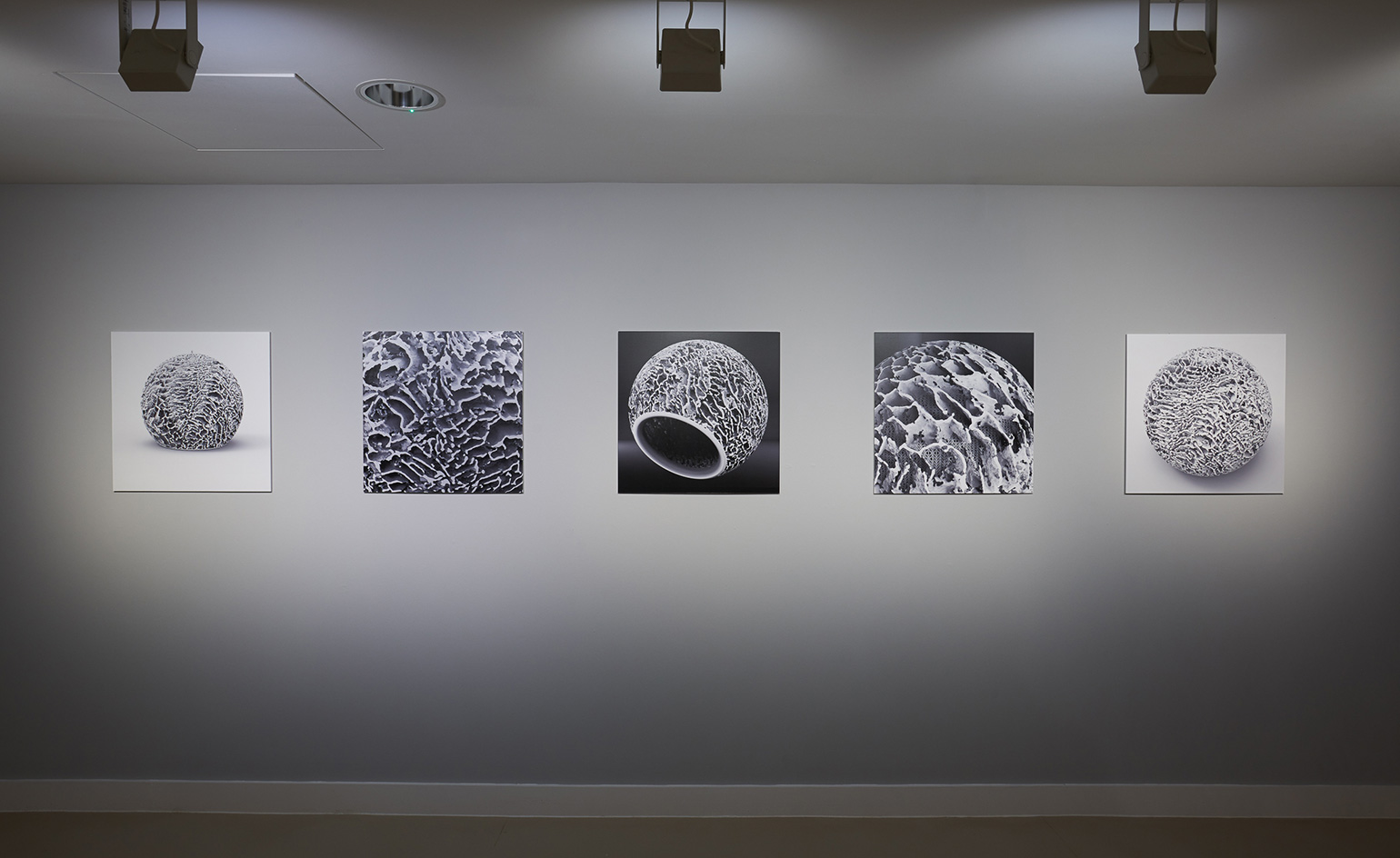
A photomontage of medical images Hadzi-Vasileva collected during the research process opens the show, which prepares visitors for a candid video installation of individuals frankly discussing their experiences with digestive diseases. Pictured: installation view
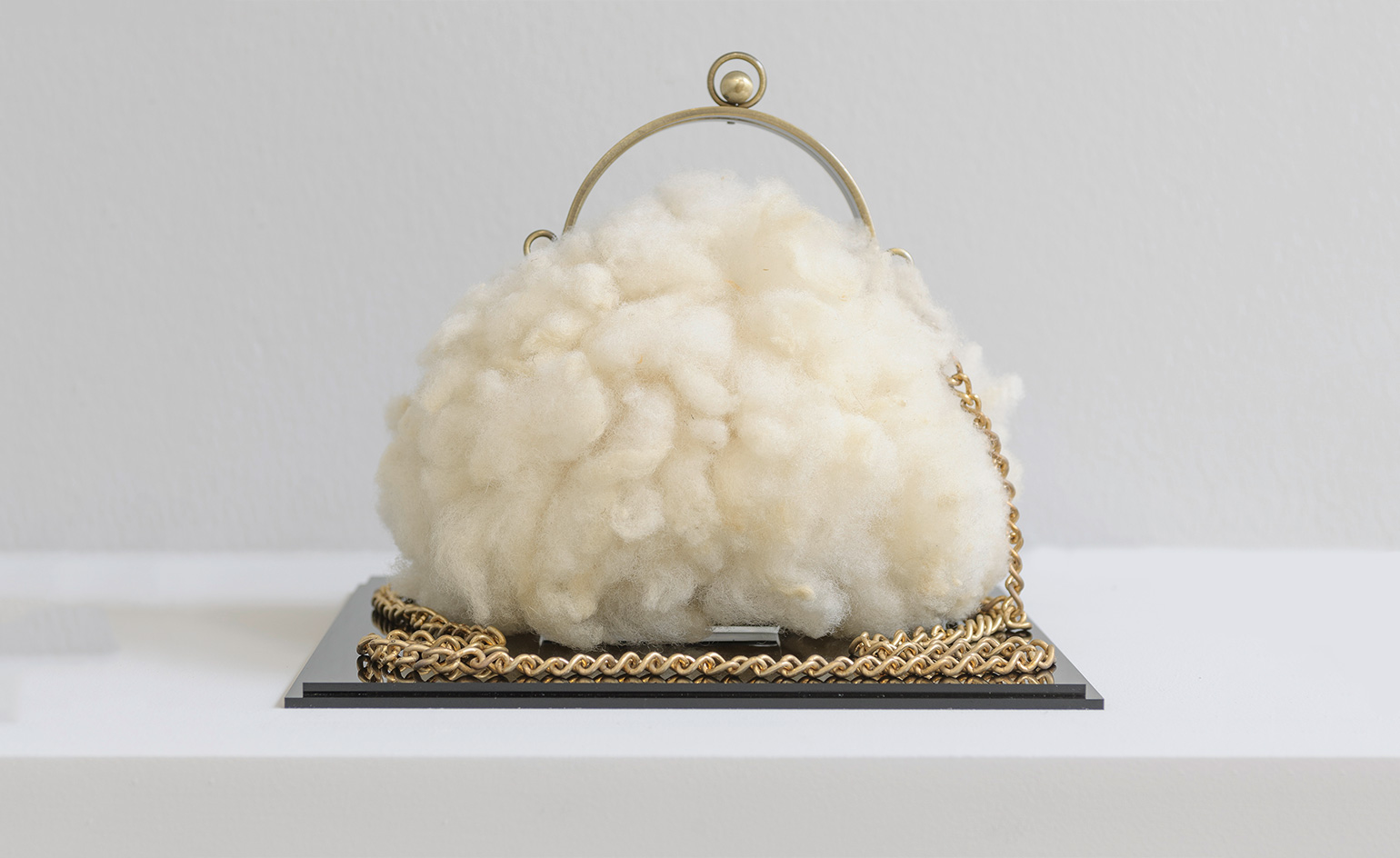
The artist teamed up with scientists and medical professors to draw a wider public awareness to digestive diseases and the stigma surrounding them. Pictured: Ladies Purse 4, 2016
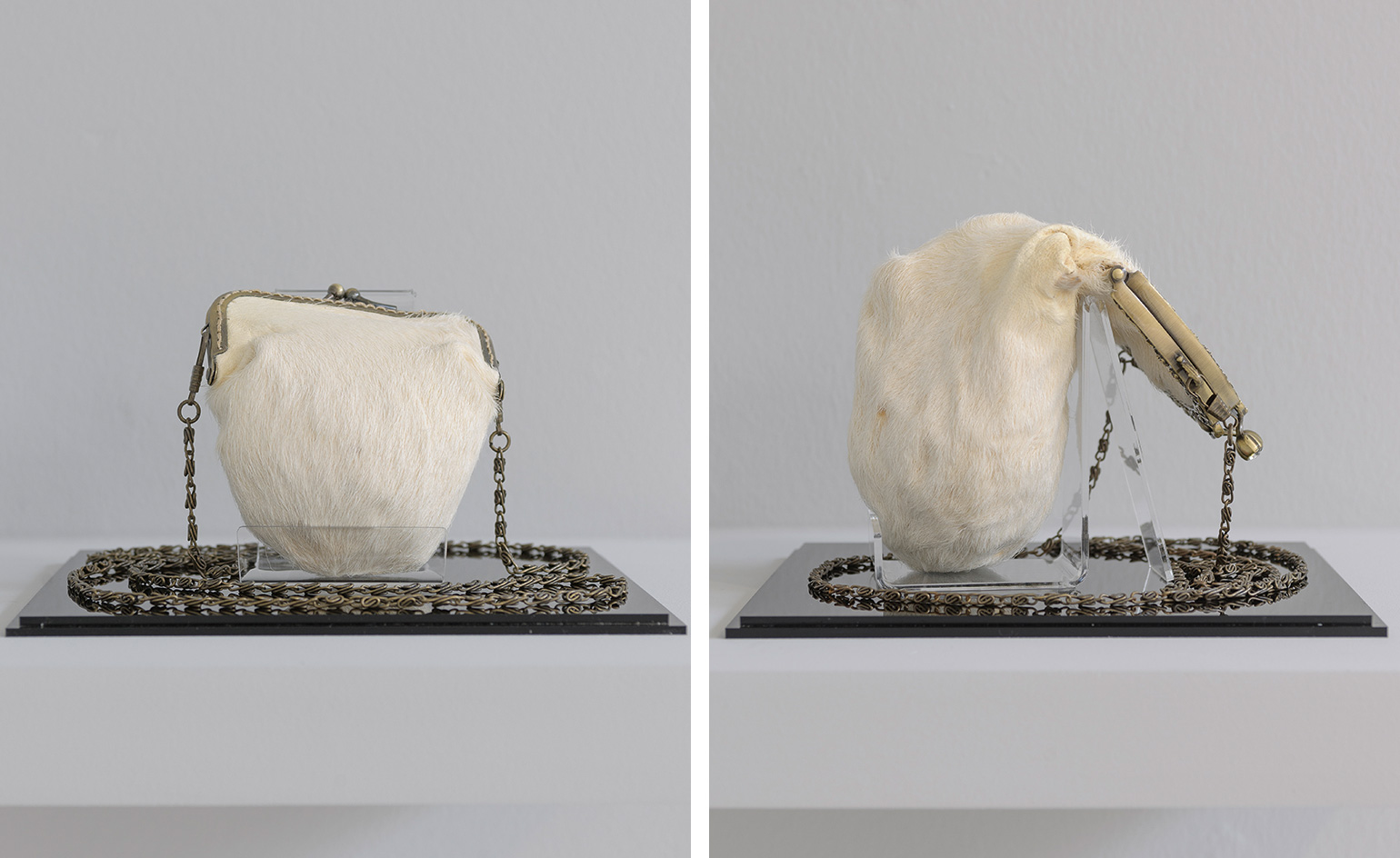
Ladies Purse 1 (2016) pictured is made using sheep testicals
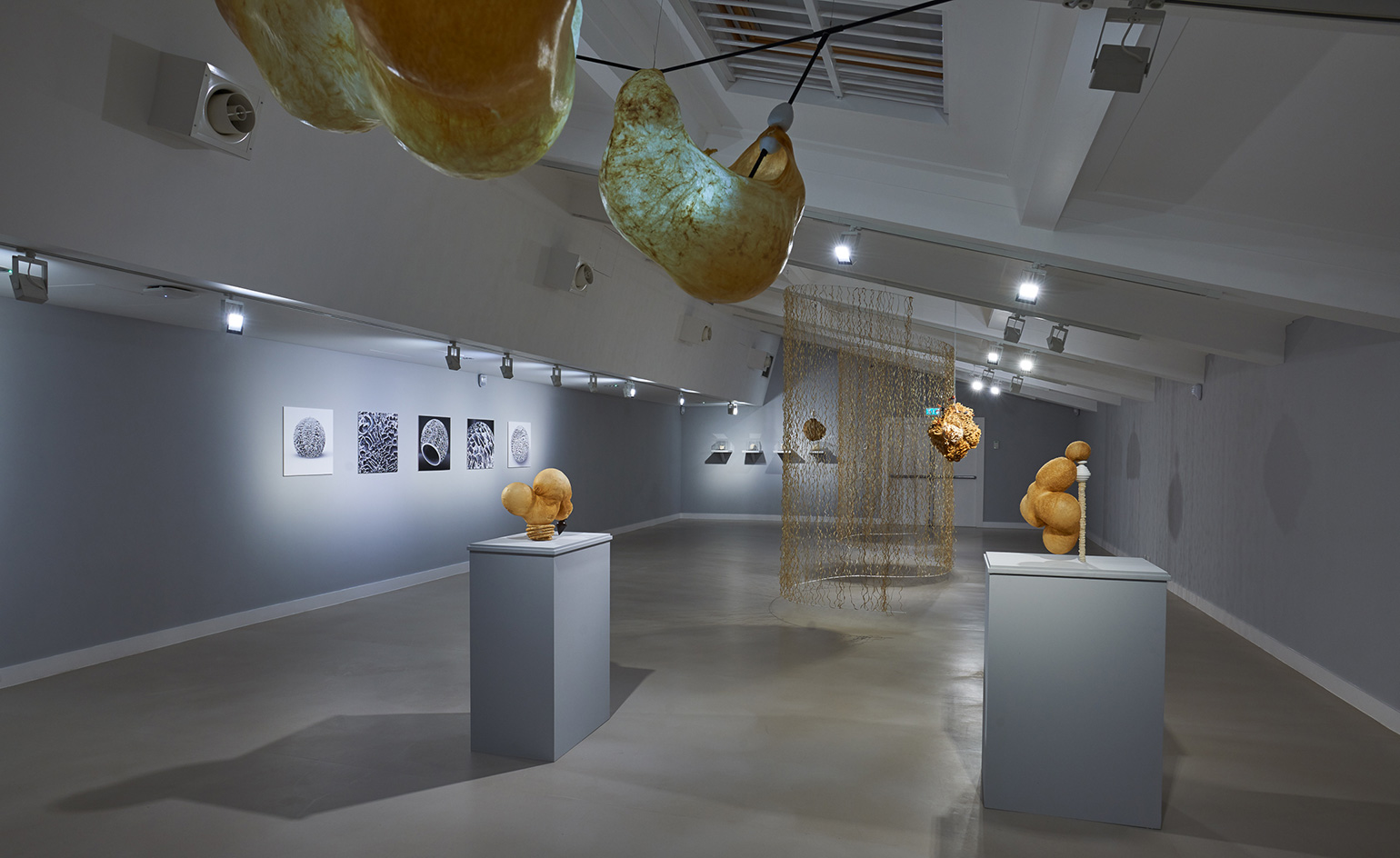
The artist's penchant for using materials of little financial or personal value; transforming them into something ethereal, and in this case, scientifically progressive. Pictured: installation view

Sometimes harrowing, sometimes witty and always gracefully rendered, Hadzi-Vasileva's work is a way of breaking down the final taboo of the body. Pictured: installation view
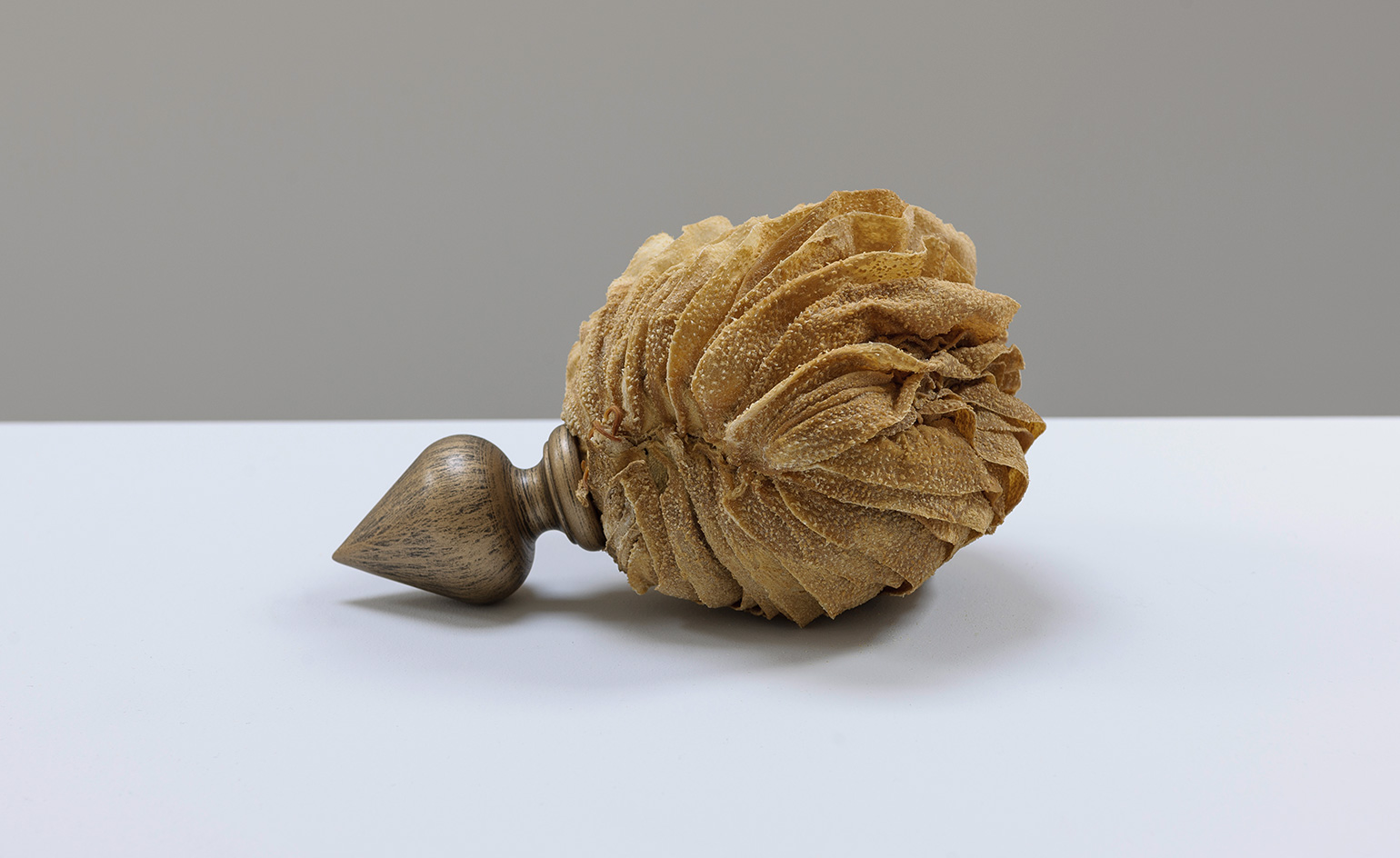
Hadzi-Vasileva uses and experiments with unconventional materials made from animal innards such as caul fat. Pictured: installation view
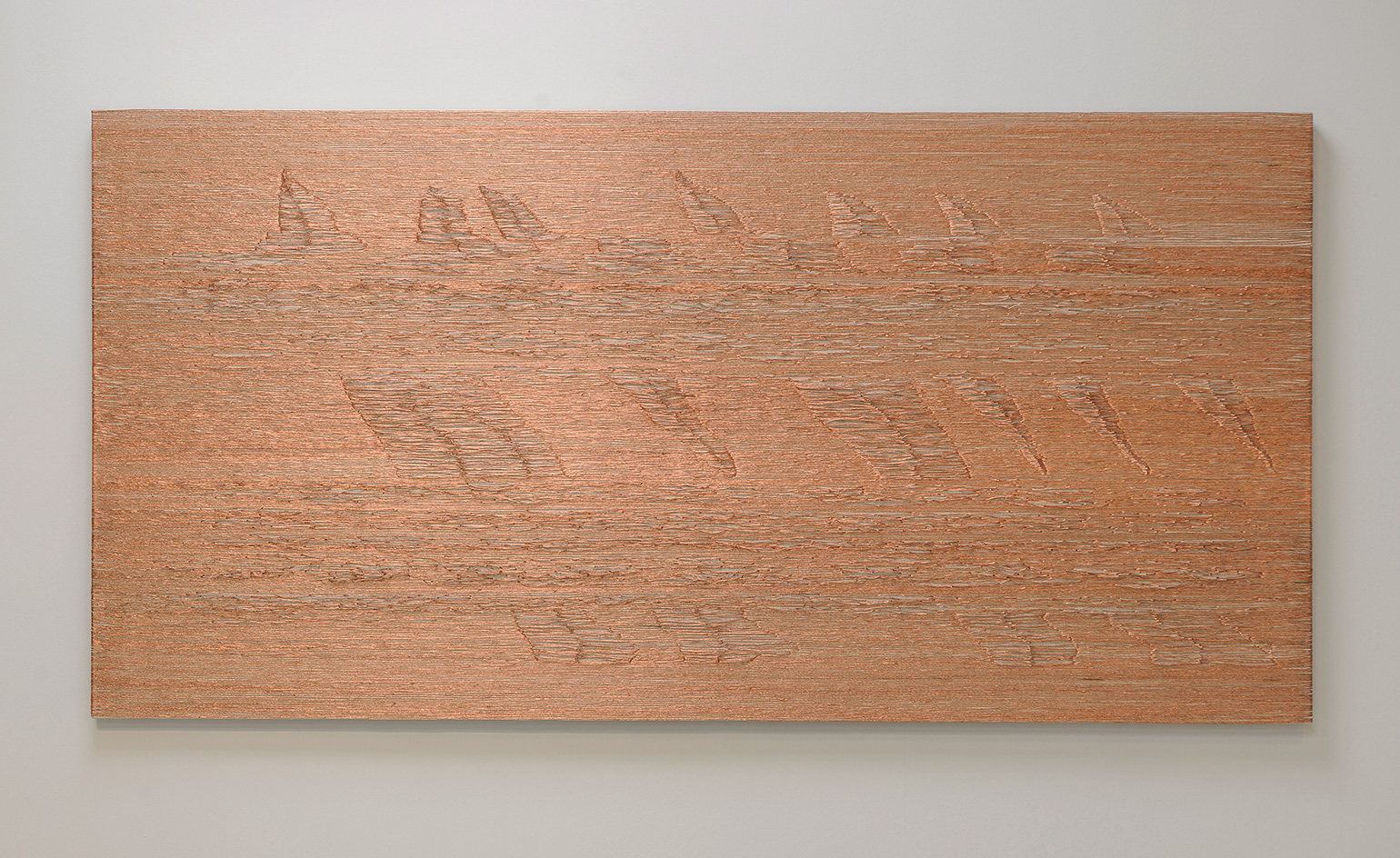
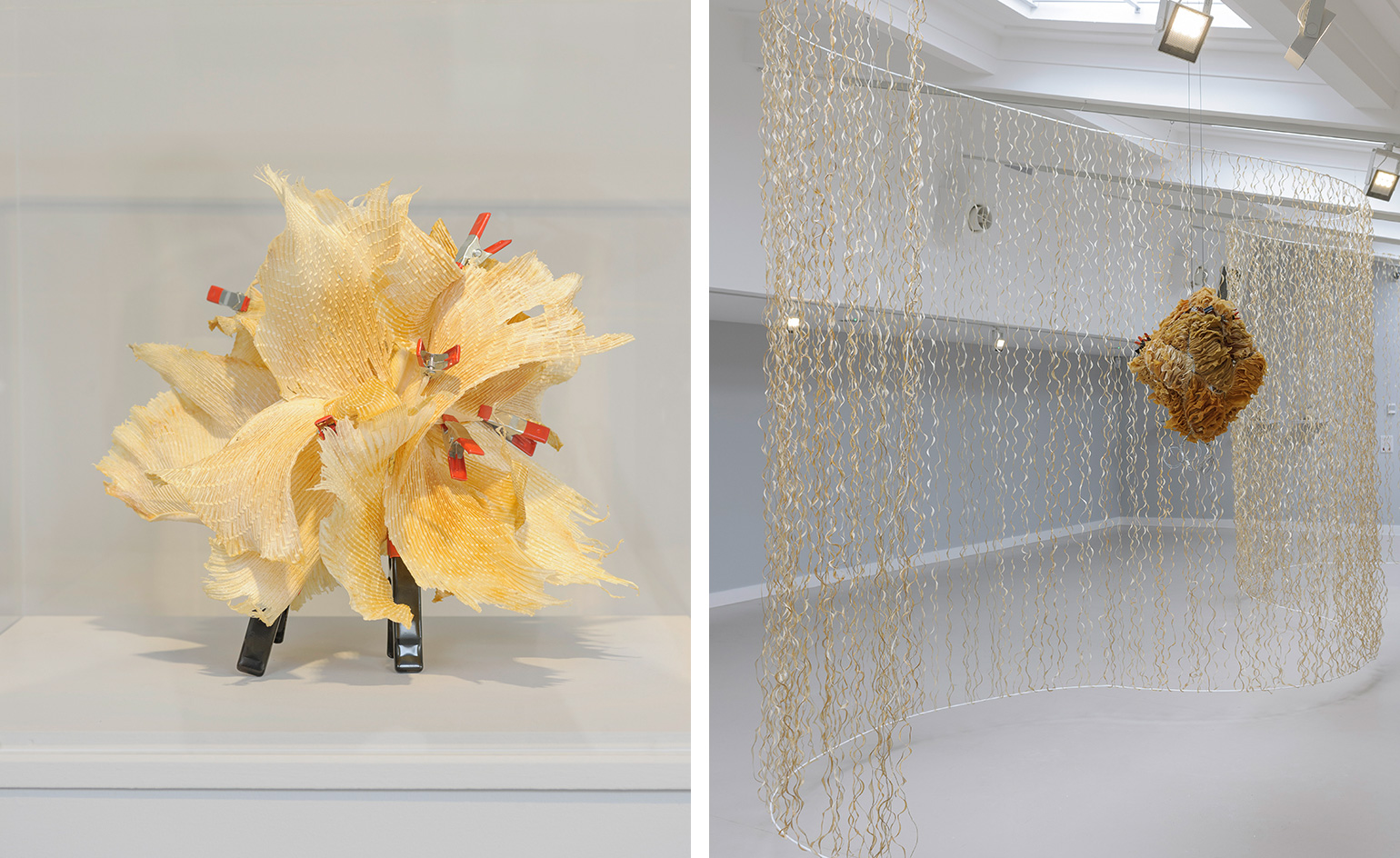
A six-month residency at Michelin starred London restaurant Pied à Terre, produced some of the artist's more light-hearted work. Gill's Slit's (pictured left) is a sculpture made from skate bones that the artist salvaged from the restauraunt bins. Pictured right: installation view
INFORMATION
’Making Beauty’ runs from 20 August to 30 October 2016. For more information, visit the Djanogly Gallery website
Receive our daily digest of inspiration, escapism and design stories from around the world direct to your inbox.
Elly Parsons is the Digital Editor of Wallpaper*, where she oversees Wallpaper.com and its social platforms. She has been with the brand since 2015 in various roles, spending time as digital writer – specialising in art, technology and contemporary culture – and as deputy digital editor. She was shortlisted for a PPA Award in 2017, has written extensively for many publications, and has contributed to three books. She is a guest lecturer in digital journalism at Goldsmiths University, London, where she also holds a masters degree in creative writing. Now, her main areas of expertise include content strategy, audience engagement, and social media.
-
 Inside Christian de Portzamparc’s showstopping House of Dior Beijing: ‘sculptural, structural, alive’
Inside Christian de Portzamparc’s showstopping House of Dior Beijing: ‘sculptural, structural, alive’Daven Wu travels to Beijing to discover Dior’s dramatic new store, a vast temple to fashion that translates haute couture into architectural form
-
 A music player for the mindful, Sleevenote shuns streaming in favour of focused listening
A music player for the mindful, Sleevenote shuns streaming in favour of focused listeningDevised by musician Tom Vek, Sleevenote is a new music player that places artist intent and the lost art of record collecting at the forefront of the experience
-
 Take a tour of the 'architectural kingdom' of Japan
Take a tour of the 'architectural kingdom' of JapanJapan's Seto Inland Sea offers some of the finest architecture in the country – we tour its rich selection of contemporary buildings by some of the industry's biggest names
-
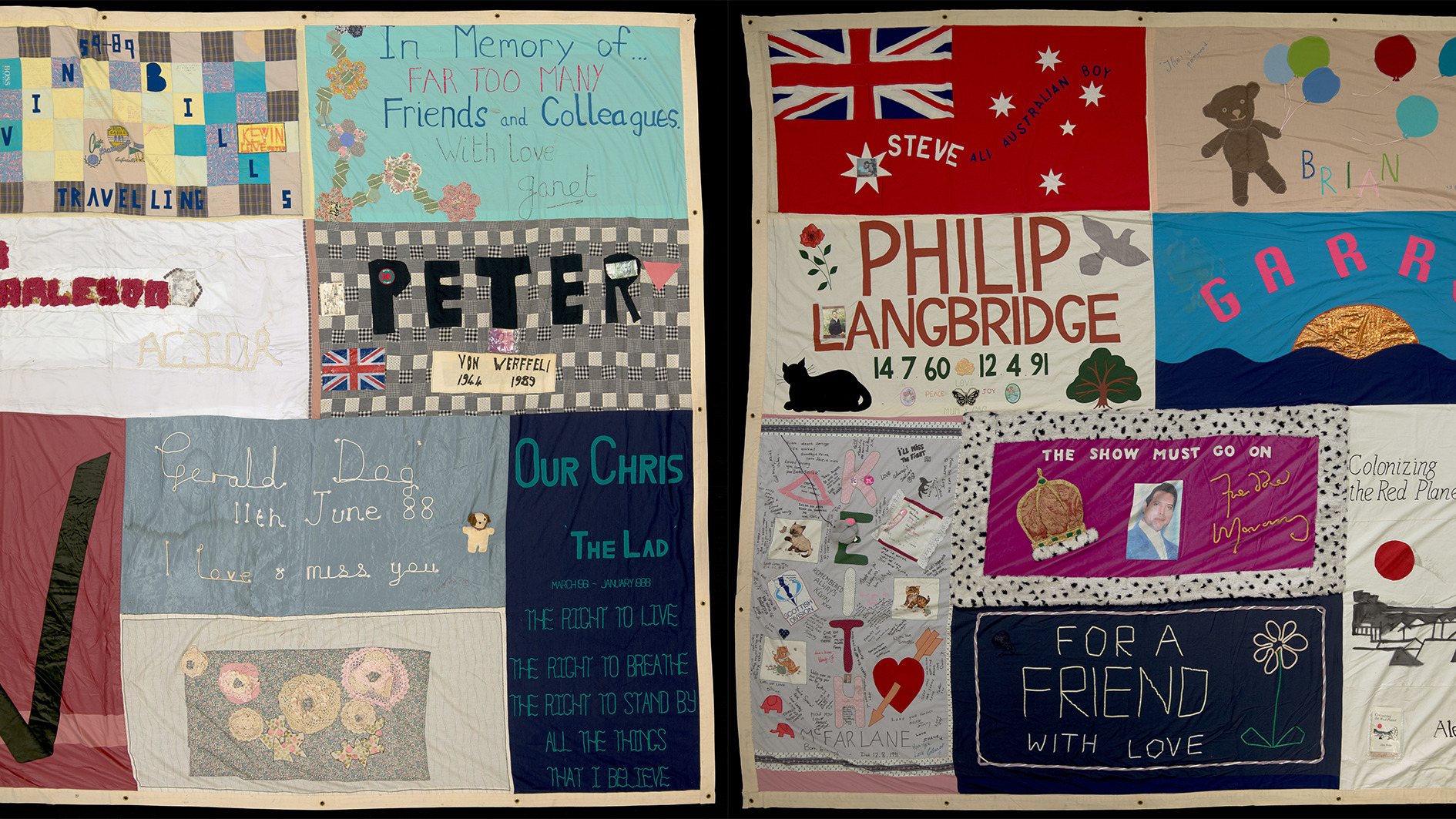 The UK AIDS Memorial Quilt will be shown at Tate Modern
The UK AIDS Memorial Quilt will be shown at Tate ModernThe 42-panel quilt, which commemorates those affected by HIV and AIDS, will be displayed in Tate Modern’s Turbine Hall in June 2025
-
 The art of the textile label: how British mill-made cloth sold itself to Indian buyers
The art of the textile label: how British mill-made cloth sold itself to Indian buyersAn exhibition of Indo-British textile labels at the Museum of Art & Photography (MAP) in Bengaluru is a journey through colonial desire and the design of mass persuasion
-
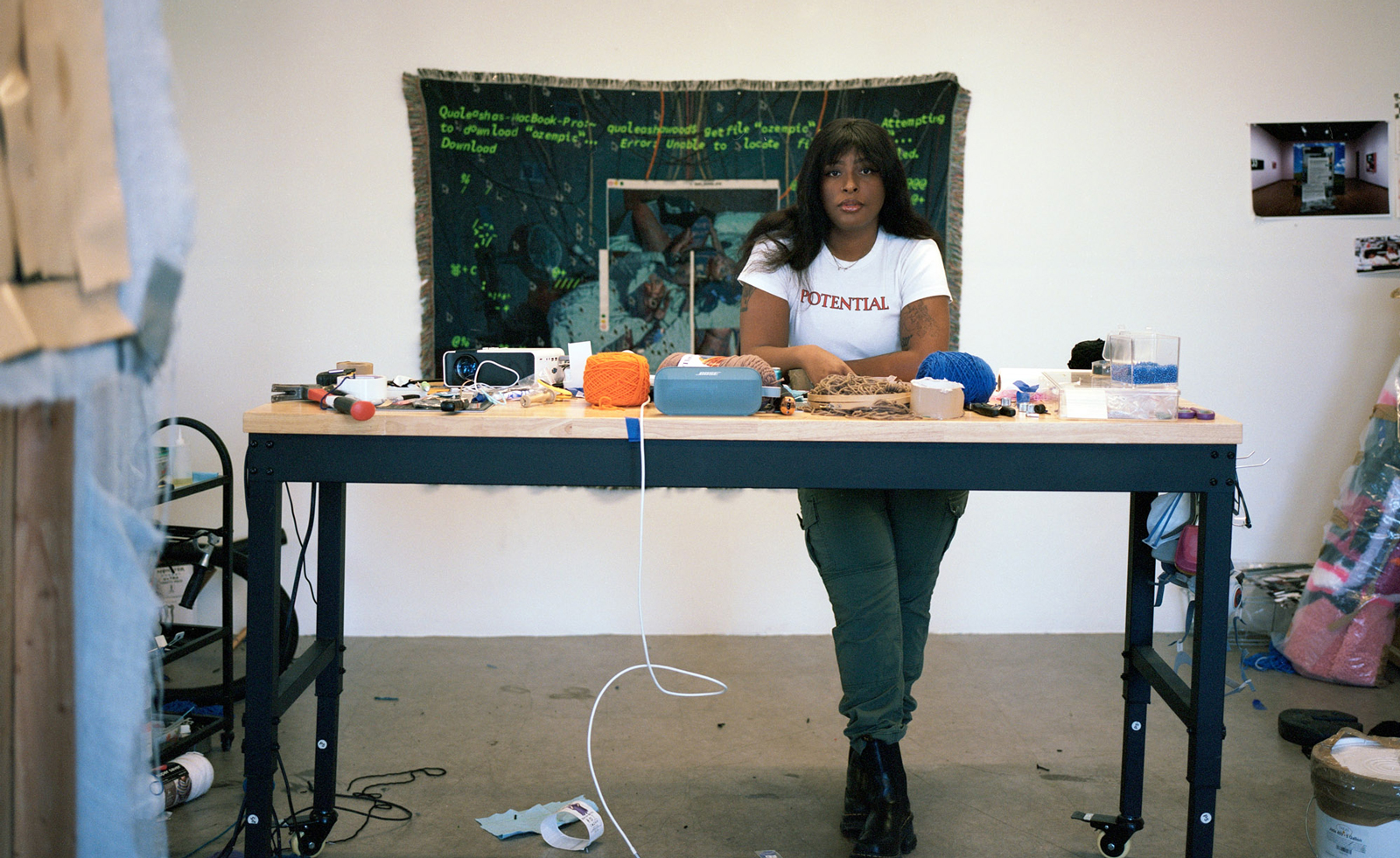 Artist Qualeasha Wood explores the digital glitch to weave stories of the Black female experience
Artist Qualeasha Wood explores the digital glitch to weave stories of the Black female experienceIn ‘Malware’, her new London exhibition at Pippy Houldsworth Gallery, the American artist’s tapestries, tuftings and videos delve into the world of internet malfunction
-
 'We need to be constantly reminded of our similarities' – Jonathan Baldock challenges the patriarchal roots of a former Roman temple in London
'We need to be constantly reminded of our similarities' – Jonathan Baldock challenges the patriarchal roots of a former Roman temple in LondonThrough use of ceramics and textiles, British artist Jonathan Baldock creates a magical and immersive exhibition at ‘0.1%’ at London's Mithraum Bloomberg Space
-
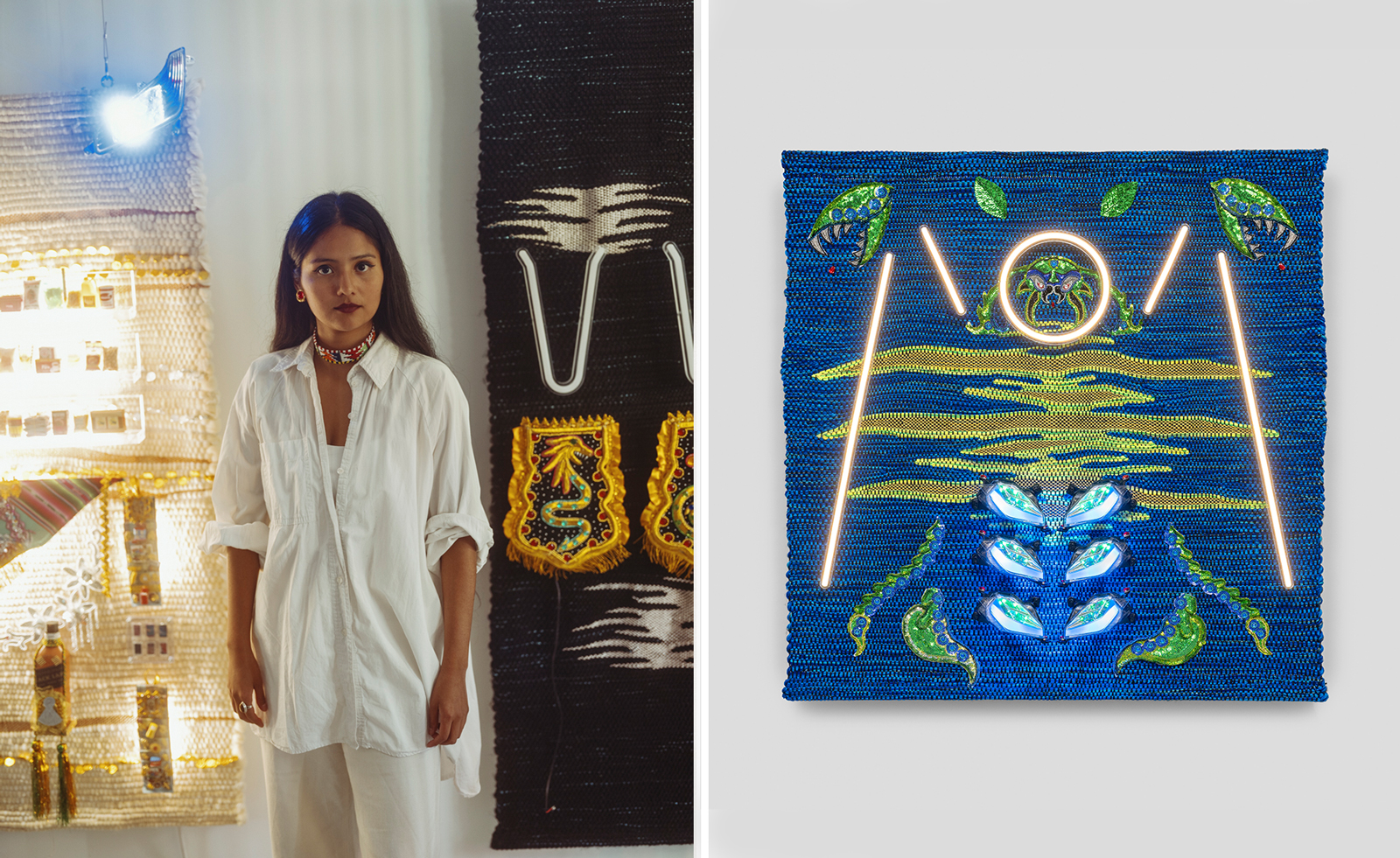 Meet Kenia Almaraz Murillo, the artist rethinking weaving
Meet Kenia Almaraz Murillo, the artist rethinking weavingKenia Almaraz Murillo draws on the new and the traditional in her exhibition 'Andean Cosmovision' at London's Waddington Custot
-
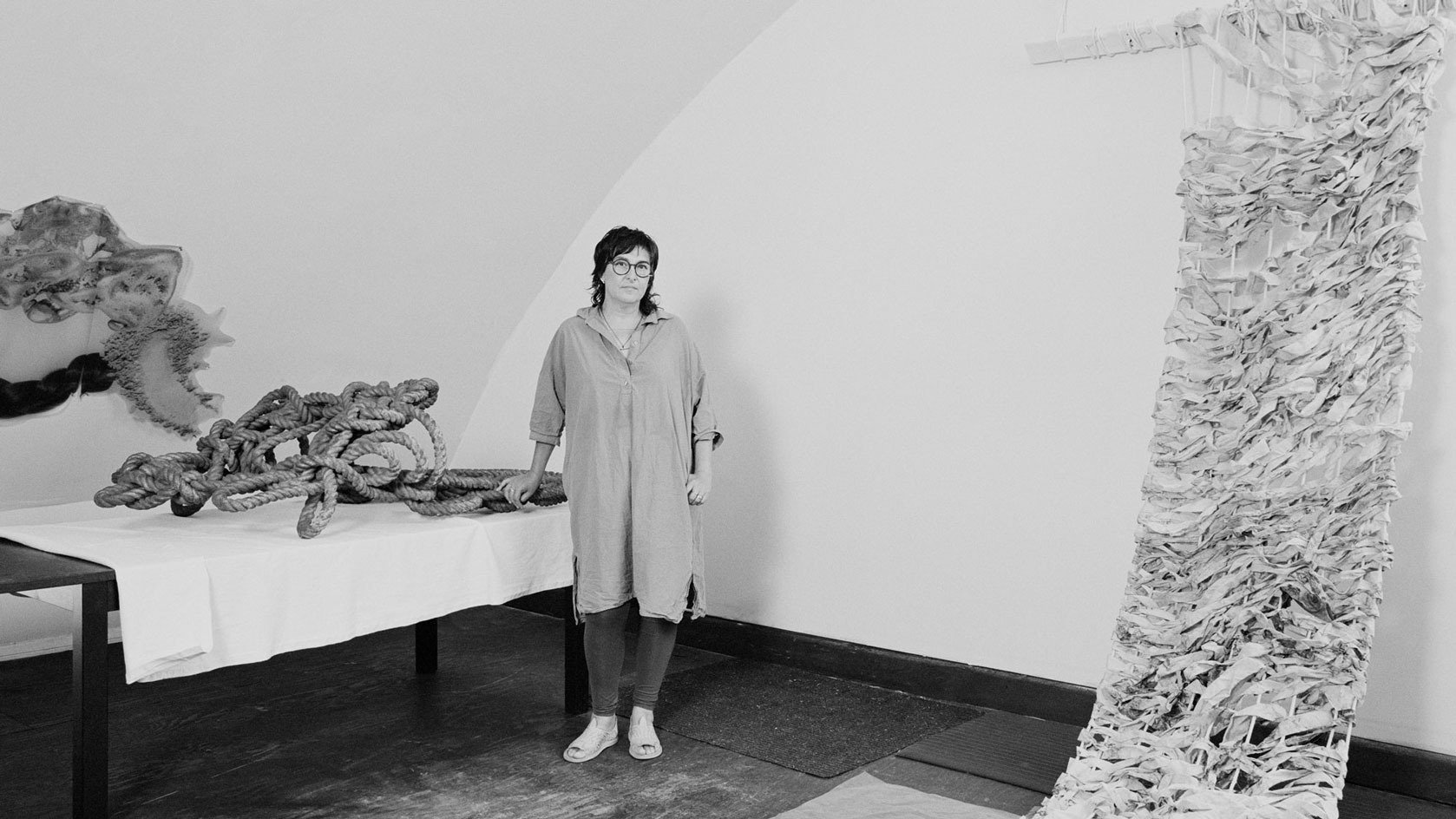 Tanya Aguiñiga: the artist weaving new narratives for borderless creativity
Tanya Aguiñiga: the artist weaving new narratives for borderless creativityWe profile LA-based artist and Loewe Foundation Craft Prize finalist Tanya Aguiñiga, whose work explores life on the US-Mexico border and seeks to empower transnational voices
-
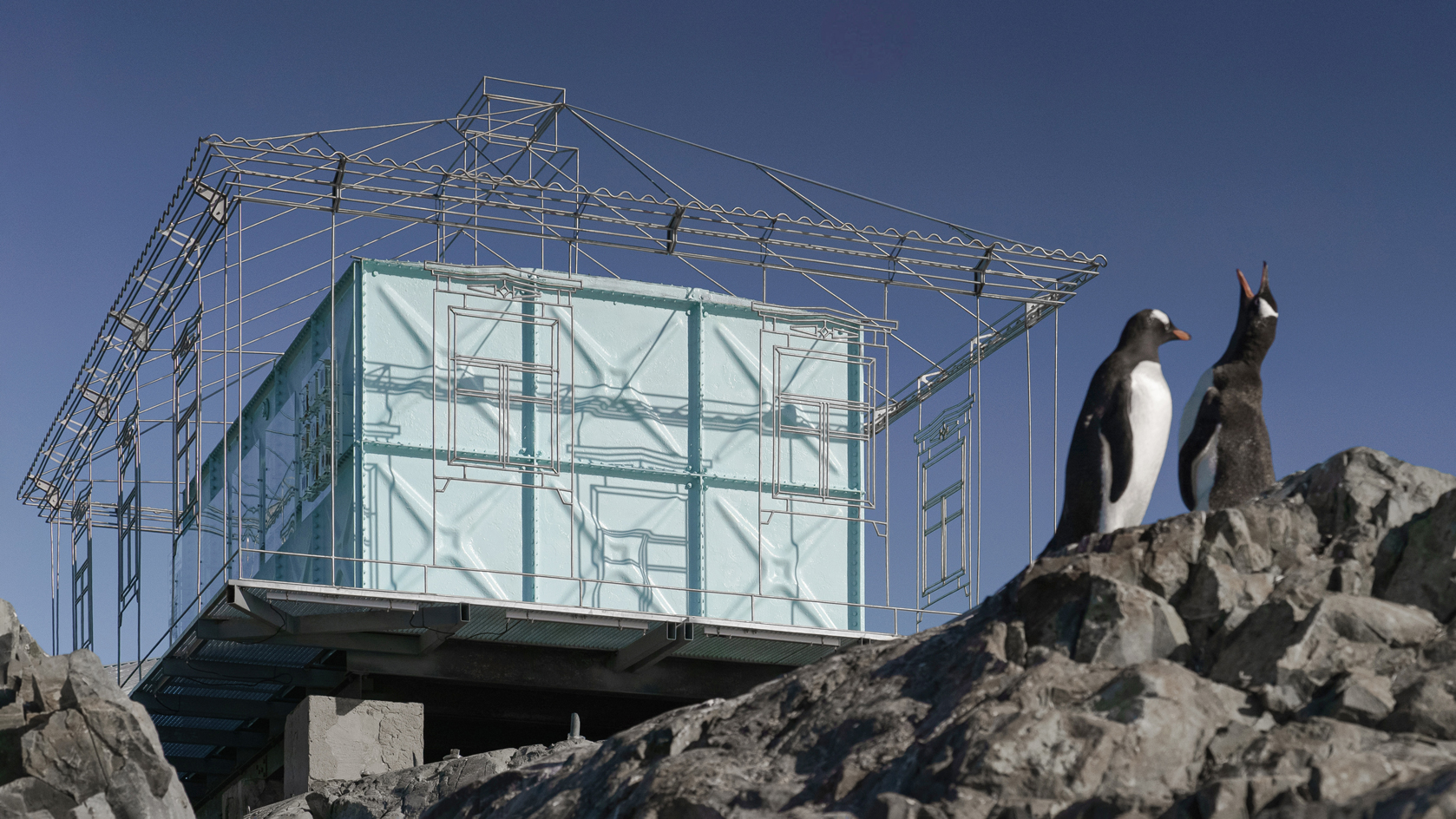 Remote Antarctica research base now houses a striking new art installation
Remote Antarctica research base now houses a striking new art installationIn Antarctica, Kyiv-based architecture studio Balbek Bureau has unveiled ‘Home. Memories’, a poignant art installation at the remote, penguin-inhabited Vernadsky Research Base
-
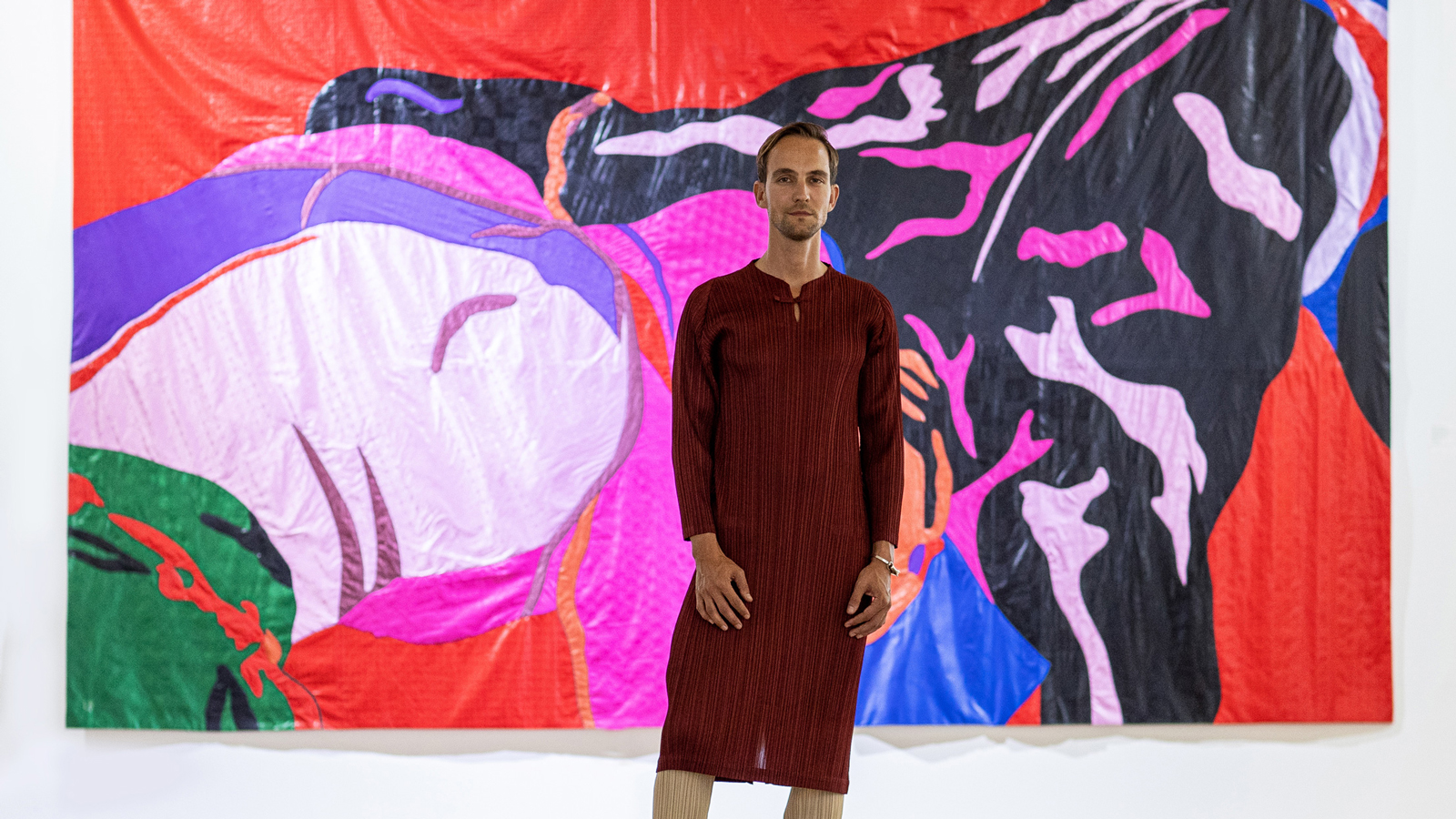 Louis Barthélemy’s tapestries capture the sublimity and dynamism of Senegalese wrestling
Louis Barthélemy’s tapestries capture the sublimity and dynamism of Senegalese wrestling‘Mbër Yi / The Wrestlers’ at the Théodore Monod African Art Museum (IFAN) in Dakar sees French artist Louis Barthélemy respond to Senegalese mysticism in appliquéd hangings